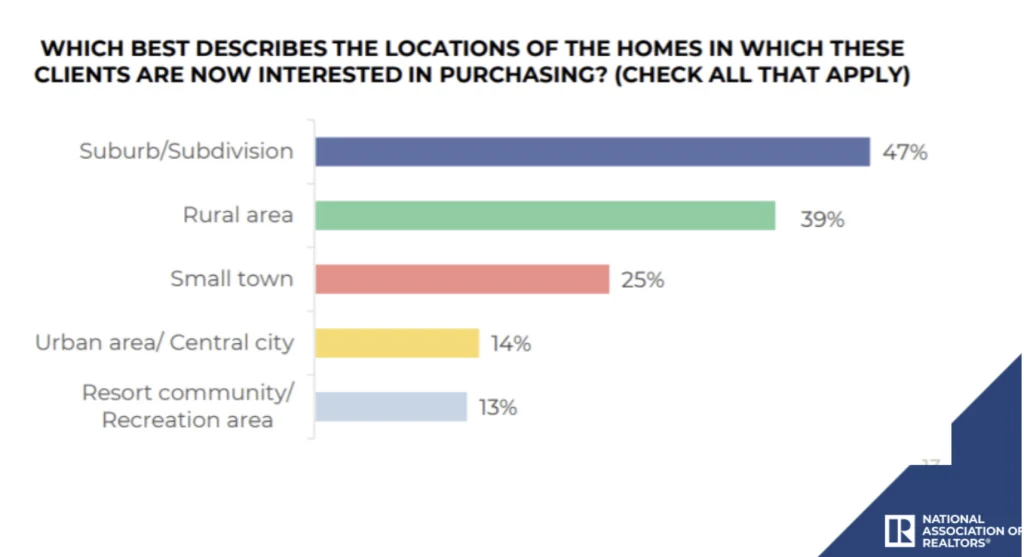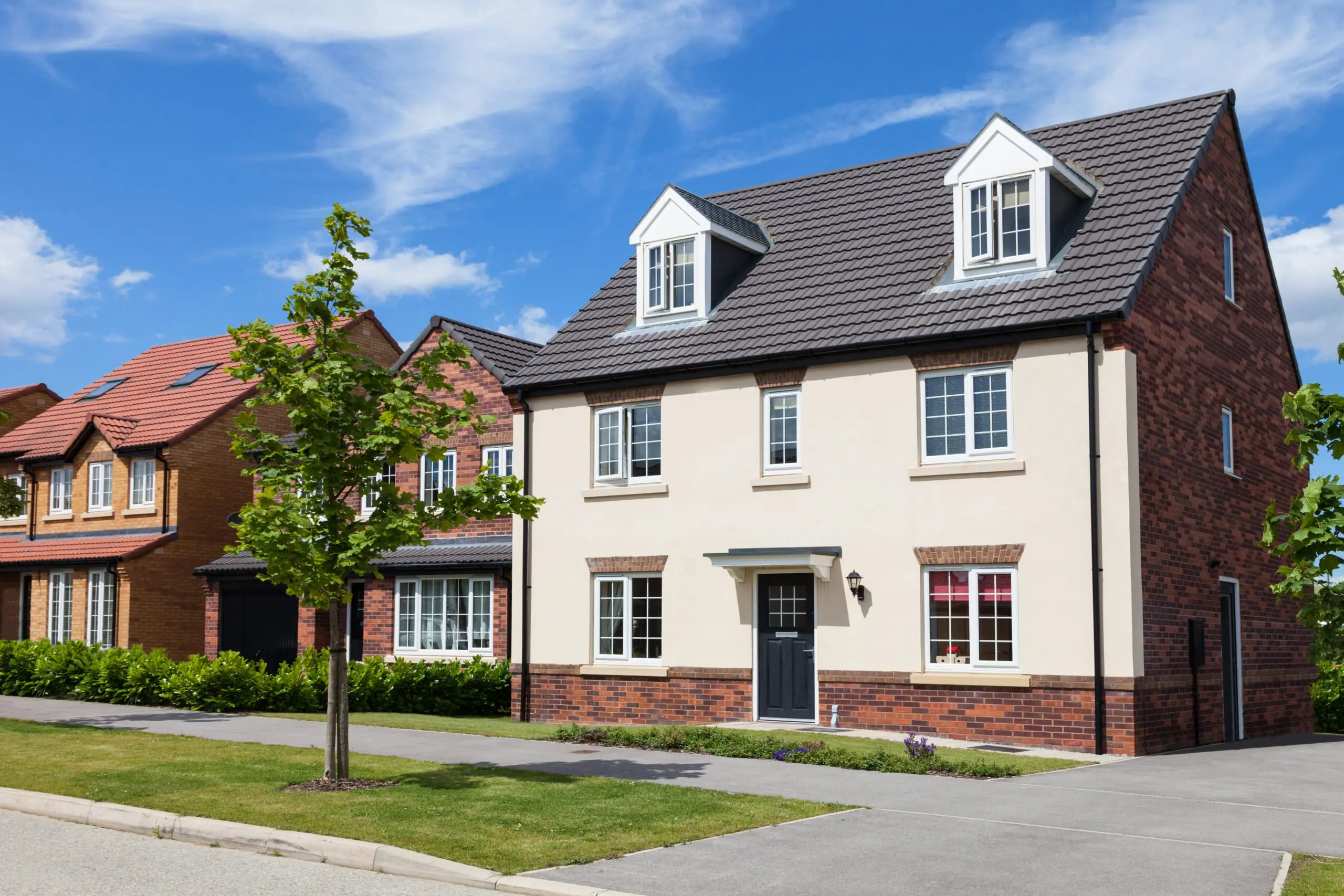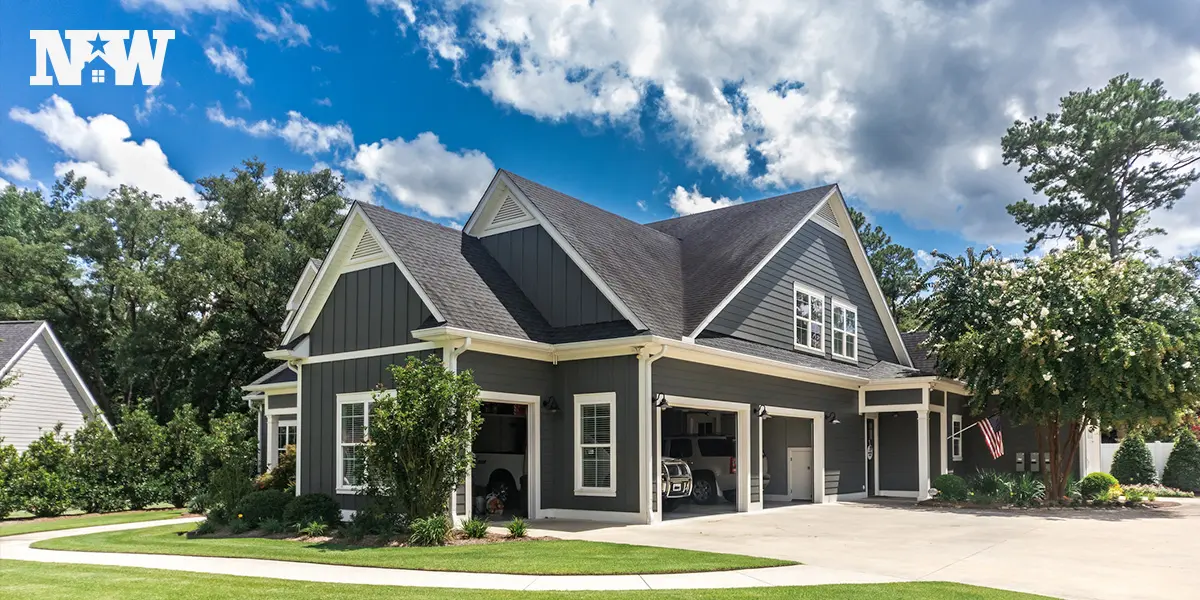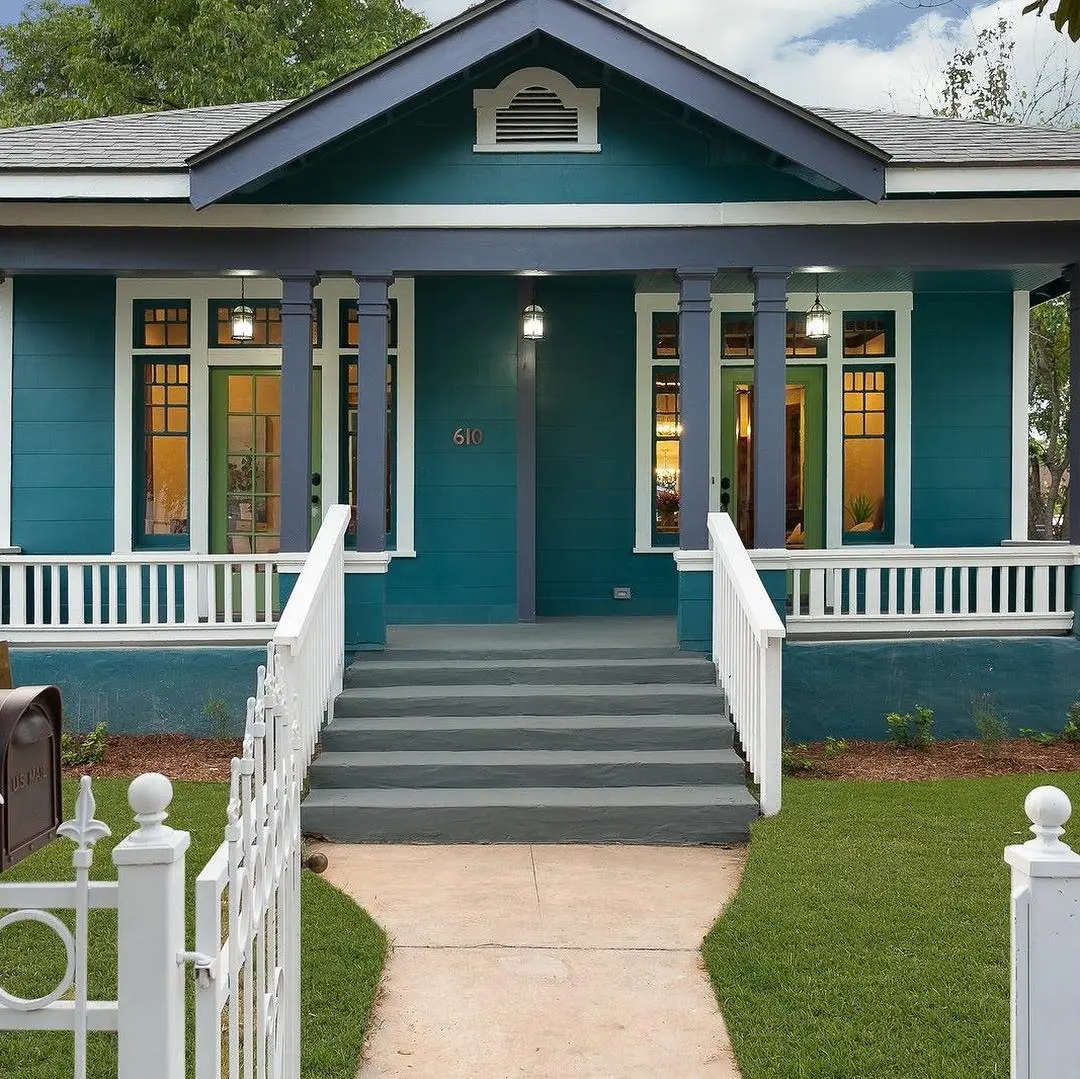De-densification, the great suburban migration….whatever you choose to call it, the trend is real according to the latest industry data. As we enter the fall with remote work, virtual learning, and social distancing still very much a part of the “new normal,” many homeowners find themselves dissatisfied with their current arrangements and are seeking space and safety in the suburbs.
“They’re evaluating, do they have enough space inside, outside? Do they have enough light? Do they have the right home office? If the answers to those questions are no, they call their agent,” reports Compass CEO Robert Reffkin.
A Look at the Data
According to the National Association of REALTORS® chief economist Lawrence Yun, pre-pandemic migration trends toward urban centers have pivoted to the suburbs as buyers seek more space for social distancing and take advantage of work-from-home flexibility. More first-time buyers and minorities are looking to the suburbs for affordability as well, Yun observes.
A recent NAR survey of agents across the country confirms strong interest in less populated areas from the suburbs to exurbs and small towns.
The latest Real Estate Brokers Report from Zelman & Associates mirrors this phenomenon with nearly 70% of brokers and firm owners seeing a moderate or significant shift to the suburbs.
With commutes no longer a concern for remote workers, many buyers have widened their home searches. Recent research from NAR reveals specific counties around the country experiencing the strongest growth in remote jobs.
- Forsyth County, Ga.
- Douglas County, Colo.
- Los Alamos County, N.M.
- Collin County, Texas
- Loudon County, Va.
- Hamilton County, Ind.
- Williamson County, Tenn.
- Delaware County, Ohio
- Dallas County, Iowa
- Wake County, N.C.
Take the trend in North Texas, for example. Buyers are clearly headed North, says John Chang, SVP and head of research for Marcus & Millichamp: “They’re coming out of downtown Dallas and going to Plano and north up to Frisco and McKinney. So we’re going to continue to see that migration as long as this pandemic stays with us, and that looks like it might be a while.”
Companies are also following buyers to the ‘burbs. “They don’t have to be dependent on elevators. They can have their own entrance to their office suites. They can have larger floorplates and it’s less expensive,” continues Chang.
The New List
Concern over the safety of crowded spaces with the coronavirus continuing to pose a threat is certainly one factor affecting the suburban rush. But there are myriad reasons for the exodus and very specific items on the checklist for buyers.
“Preferences have moved from ‘what’s a prestigious location?’ to ‘what’s practical?’ and ‘what’s the quality of life we want for our households?'” reports housing and finance expert Anna DeSimone. Open concepts are giving way to homes that offer privacy and office space for two adults, homeschooling areas, gyms, backyards, and proximity to beaches, lakes, parks, and paths.

Interestingly, proximity to retail is no longer a real-estate requirement. “We’re not hearing as much around brick-and-mortar, where’s the closest this-or-that. Instead, it’s ‘can we get delivery here?’” notes real-estate agency CEO Kris Lindahl.
Time will tell if this is a short-term trend or game-changer for the housing industry – but it’s certainly an opportunity for investors for the foreseeable future. With the inventory of homes for sale down 36.4% year-over-year in August, both flippers and landlords are in a unique position to meet the rising demand for housing in highly desirable suburban neighborhoods.
New Opportunities. New Western.
New Western agents are scouring markets across the country to uncover value-rich opportunities for our investors. Buyers are hungry for suburban homes and savvy investors are positioning themselves to meet this wave of demand.
Get the right team in your corner. If you’d like help finding your next deal, please provide your information below and request access to our exclusive inventory of off-market investment properties.









